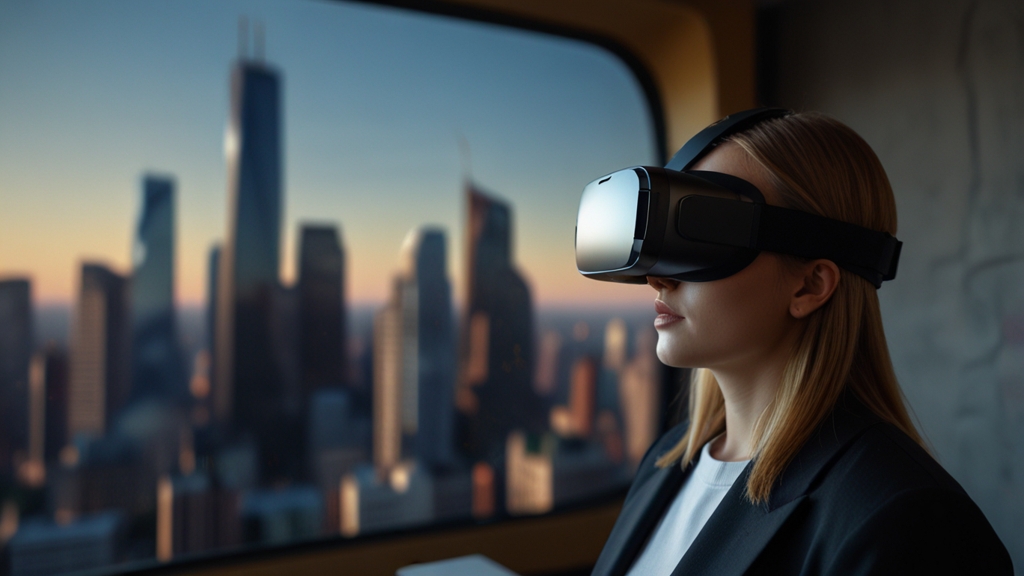Debunking Myths in Physics: What Everyone Gets Wrong
Physics, as a fundamental science, forms the backbone of our understanding of the universe. However, common misconceptions often cloud our comprehension of complex concepts. These myths may arise from oversimplified explanations, outdated education, or popular media misrepresentations. Let's delve into some prevalent myths in physics and set the record straight.
Myth 1: A Coin Dropped from the Empire State Building Can Kill a Person
One of the most pervasive myths is that a penny dropped from a significant height, like the Empire State Building, can kill someone on the ground. This myth involves a misunderstanding of terminal velocity, air resistance, and mass.
"The penny's maximum falling speed—its terminal velocity—is approximately 25-65 mph (40-105 km/h). While this speed sounds alarming, the penny's insufficient mass means it wouldn't have enough kinetic energy to cause fatal injury."
In reality, a penny would be subjected to air resistance, decreasing its acceleration significantly. By the time it reaches the ground, it will have lost much of its potential lethality. It's still possible to cause a minor injury, but it won't be the deadly projectile often imagined.
Myth 2: Space is a Complete Vacuum
Many believe that space is a perfect vacuum. While it's true that interstellar space is exceedingly sparse, it isn't devoid of matter. Space is filled with a very low density of particles, electromagnetic radiation, and dark matter.
The idea of a perfect vacuum is a theoretical concept. In practice, even the vast emptiness of space contains a few hydrogen atoms per cubic meter, cosmic rays, and highly energetic photons. Understanding this nuance is crucial for deep space exploration and astrophysics.
Myth 3: The Great Wall of China is Visible from Space
Contrary to popular belief, the Great Wall of China is not visible from space with the naked eye. This misconception is often touted in trivia but doesn't hold up under scrutiny.
"Astronauts aboard the International Space Station have repeatedly confirmed that the Great Wall is challenging to see without aid. Its materials and color blend seamlessly with the surrounding environment."
It’s important to differentiate between the capabilities of human eyesight and the enhancing technologies that make minute details apparent in satellite images. Many large structures like airports and highways are more visible due to their reflective surfaces and contrasting colors.
Myth 4: Classical Physics and Quantum Physics Are Completely Separate
There's a common belief that classical physics and quantum physics are entirely distinct realms, with no overlap. However, this is an oversimplification.
Classical physics is a special case of quantum physics, applying well to macroscopic scales where quantum effects average out and become negligible. Quantum physics governs the microscopic realm but must align with classical observations at larger scales, as encapsulated in the correspondence principle.
Myth 5: Black Holes Suck Everything In Like a Vacuum Cleaner
Black holes have a reputation as cosmic vacuum cleaners, indiscriminately sucking in everything nearby. This visualization is more dramatic than accurate.
"Black holes exert gravitational pull similar to any other massive object. If the Sun were replaced by a black hole of the same mass, Earth's orbit wouldn't change—our planet would still revolve around it in the same way."
Material falling into a black hole must cross the event horizon, beyond which escape is impossible. Yet objects can orbit a black hole at a safe distance without being inexorably pulled in, analogous to how planets orbit stars.
Conclusion
Physics myths often arise from misunderstandings or the dramatization of scientific principles. By examining these misconceptions, we get a clearer picture of the workings of the universe. As our knowledge grows, it's crucial to question popular beliefs and seek evidence-based explanations, ultimately fostering a more scientifically literate world.









